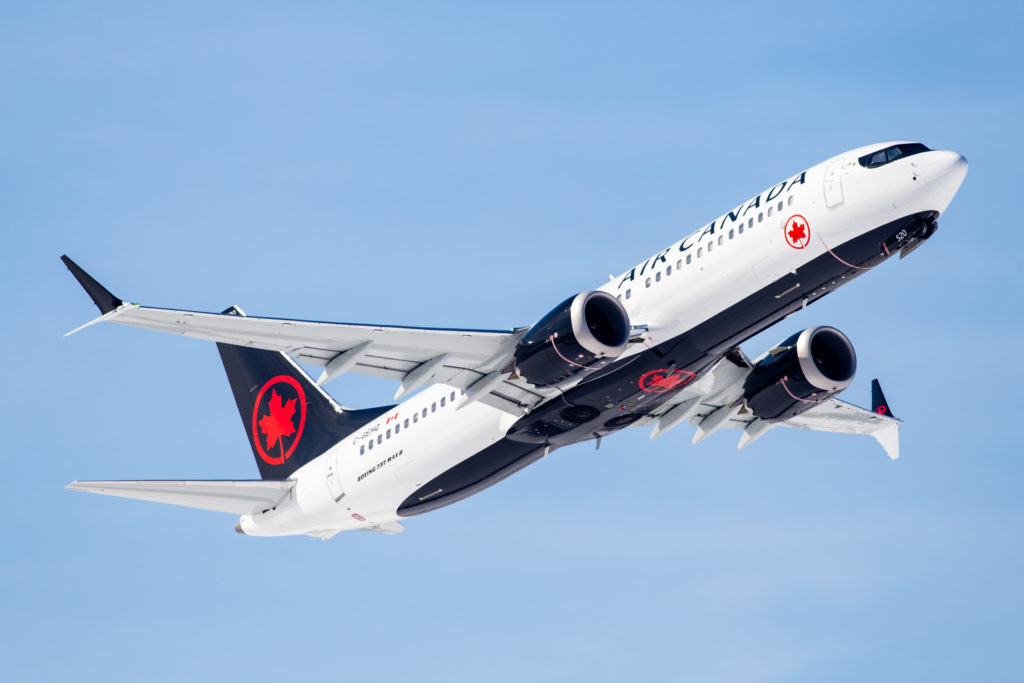Estimated reading time 3 minutes, 36 seconds.
Transport Canada aviation safety experts have completed their independent review of the design changes to the Boeing 737 Max aircraft, recently certified by the United States Federal Aviation Administration (FAA), and have now validated these changes. Validation of these changes means that these modifications can now be incorporated on Canadian registered aircraft.
Transport Canada has worked extensively with the FAA and other key certifying authorities, including the European Union Aviation Safety Agency (EASA), the National Civil Aviation Agency of Brazil (ANAC), as well as the three Canadian operators of the Boeing 737 Max aircraft, and their pilot unions throughout the validation process of the aircraft to ensure all factors are addressed prior to a safe return to service of the aircraft. Transport Canada’s certification experts, by their rigour and thoroughness, have demonstrated great leadership throughout the process and were instrumental in guiding the aircraft design changes.

This validation is an important first step in the eventual return to service of this aircraft in Canadian airspace. However, the return to service is complex, and Transport Canada must put in place comprehensive safety plans that require additional aircraft changes, maintenance and training.
Transport Canada will work with Canadian airline operators, crews and union associations over the coming weeks to determine how these requirements will be implemented in Canada.
In January 2021, the department expects to issue a Canadian Airworthiness Directive which will stipulate the Canadian design changes that must be incorporated in Canadian aircraft. At the same time, the department will also mandate the training requirements for aircrew through an Interim Order.
In other words, prior to a return to service of the aircraft in Canadian airspace, Transport Canada will require:
- modifications to the aircraft as specified in the Canadian Airworthiness Directive;
- incorporation of the revised pilot training syllabus into the Transport Canada-approved training program for each Canadian airline; and
- airlines to conduct maintenance on the aircraft to ensure it will operate safely, given the aircraft have been in storage for some time.
Specifically, the Canadian design changes for the Boeing 737 Max will include an enhanced flight deck procedure that provides the option for a pilot-in-command to disable a loud and intrusive warning system (commonly called the “stick shaker”) when the system has been erroneously activated by a failure in the angle of attack sensor system. This feature will help to reduce pilot workload given what has been learned from the two tragic accidents and has been fully evaluated by Transport Canada’s flight test pilots. There will also be differences in training including training on the enhanced flight deck procedure.
The commercial flight restrictions for the operation of the Boeing 737 Max aircraft in Canadian airspace remain in effect and will not be lifted until Transport Canada is fully satisfied that all its safety concerns have been addressed, that required modifications have been incorporated, that enhanced flight crew procedures are in place, and that all training has been conducted in Canada.








